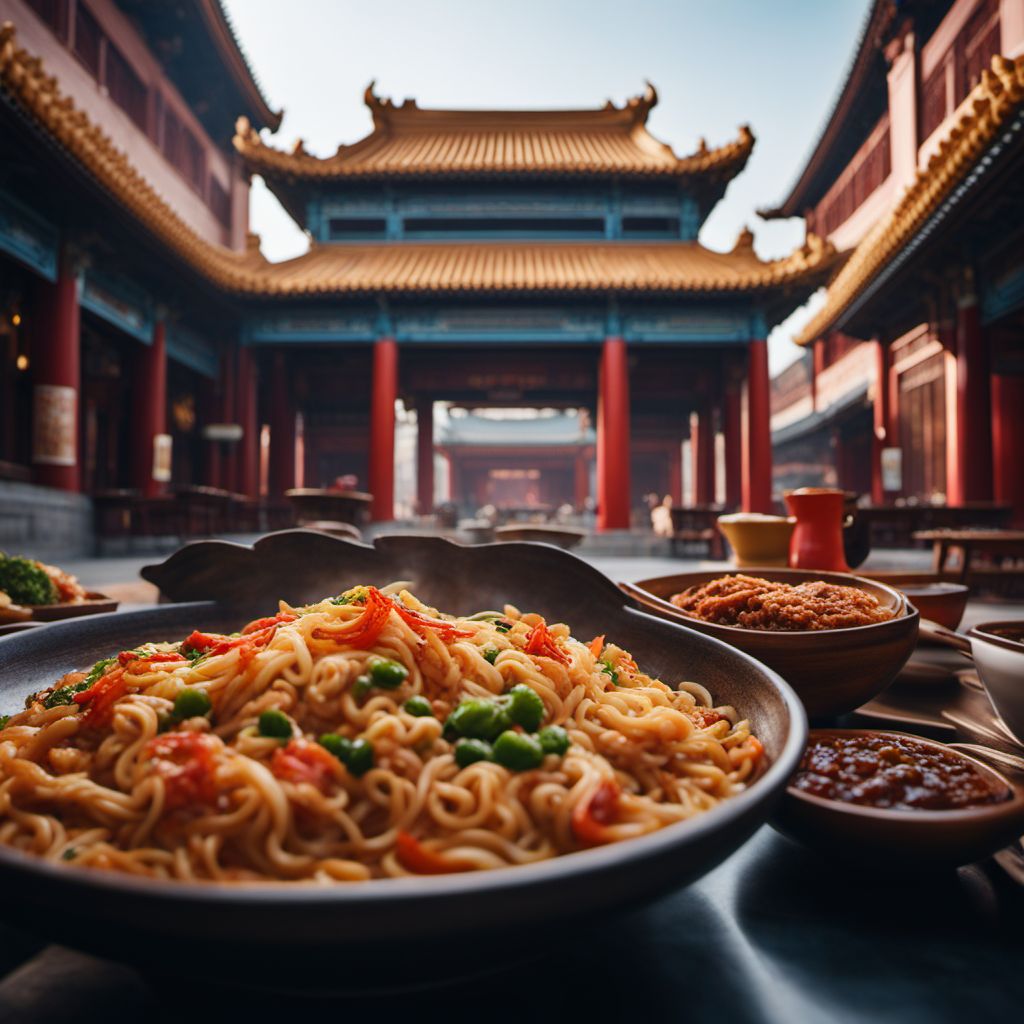
Cuisine
Tianjin cuisine
Tianjin cuisine is characterized by its light and refreshing flavors, with a focus on seafood and vegetables. It is known for its use of vinegar and soy sauce, which give the dishes a tangy and savory flavor. Some of the most popular dishes include Goubuli baozi (steamed buns), Erduoyan zhagao (fried rice cakes), and Guobacai (stir-fried Chinese cabbage).
Typical ingredients
Seafood (including shrimp, crab, fish), Vegetables (including chinese cabbage, spinach, mushrooms), Soy sauce, Vinegar, Sesame oil, Chili peppers
Presentation and garnishing
Tianjin cuisine is often presented in a simple and elegant style, with dishes arranged on a platter and garnished with fresh herbs and vegetables.
Tianjin cuisine is also known for its street food, including Goubuli baozi (steamed buns) and Jianbing (Chinese crepes).
More cuisines from this region...
Sichuan cuisine, Cantonese cuisine, Shanghai cuisine, Shanxi cuisine, Zhejiang cuisine, Putian cuisine, Shandong cuisine, Chiuchow cuisine, Teochew cuisine, Yunnan cuisine
History
Tianjin cuisine has a long history dating back to the Qing dynasty. It was heavily influenced by the local climate and geography, which made it difficult to grow crops and led to a reliance on seafood and vegetables. Tianjin cuisine became popular throughout China during the early 20th century, and has since spread to other parts of the world.
Cultural significance
Tianjin cuisine is an important part of Chinese culinary culture, and is known for its light and refreshing flavors. It has been recognized as a UNESCO Intangible Cultural Heritage.
Health benefits and considerations
Tianjin cuisine is believed to have many health benefits, including aiding digestion, reducing inflammation, and promoting cardiovascular health. However, it can also be high in sodium and fat, so it should be consumed in moderation.
Tianjin cuisine recipes Browse all »

Tianjin-style Soko Ketze
Spicy and Tangy Tianjin-style Chicken Stew
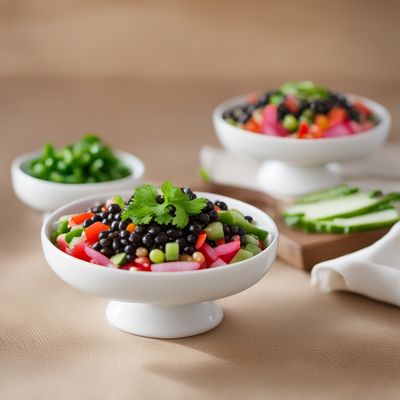
Tianjin Caviar
Savory Tianjin Bean Salad

Tianjin-style Cibulačka Soup
Savory Tianjin Onion Soup: A Fusion of Czech and Chinese Flavors
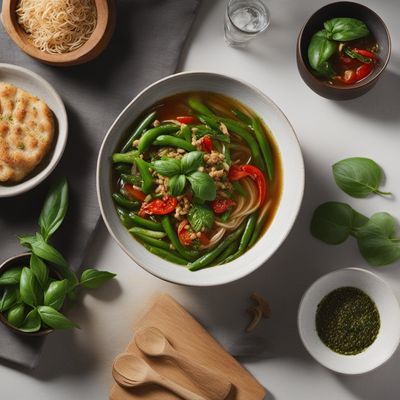
Tianjin-style Pistou Soup
Savory Herb Soup with a Tianjin Twist
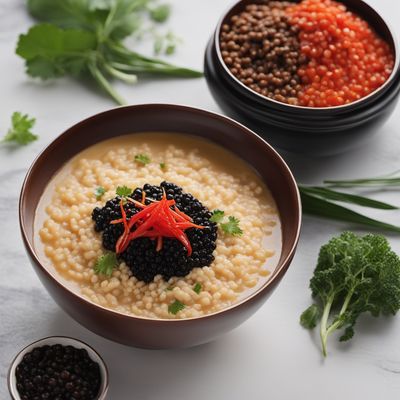
Tianjin-style Caviar Risotto
Savory Tianjin Delight: Caviar Risotto with a Twist
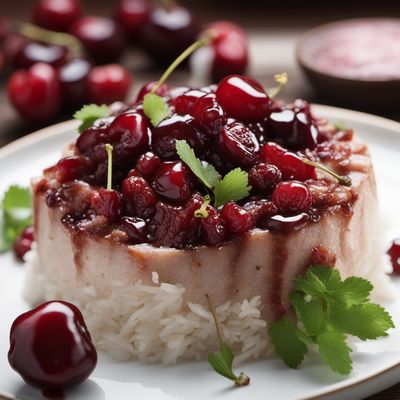
Tianjin-style Shredded Pork with Bing Cherries
Tianjin Tangy Shredded Pork: A Fusion of Flavors
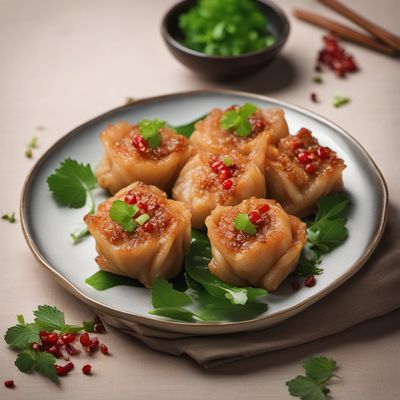
Tianjin-style Stuffed Rose Dumplings
Flavorful Blossoms: Tianjin-inspired Stuffed Rose Dumplings

Tianjin-style Shrimp Fritters
Crispy Shrimp Delights: Tianjin-style Buñelos Uhang

Tianjin-style Almond Cookies
Tianjin Delights: Crispy Almond Cookies with a Chinese Twist

Tianjin-style Seafood Cataplana
Tianjin's Flavors Unite: A Seafood Cataplana Delight

Tianjin-style Fish Soup
Tianjin Delight: Fragrant Fish Soup with a Twist

Tianjin-style Stuffed Tomatoes (Tianjin Omathies)
Savory Tianjin Delight: Stuffed Tomatoes with a Twist